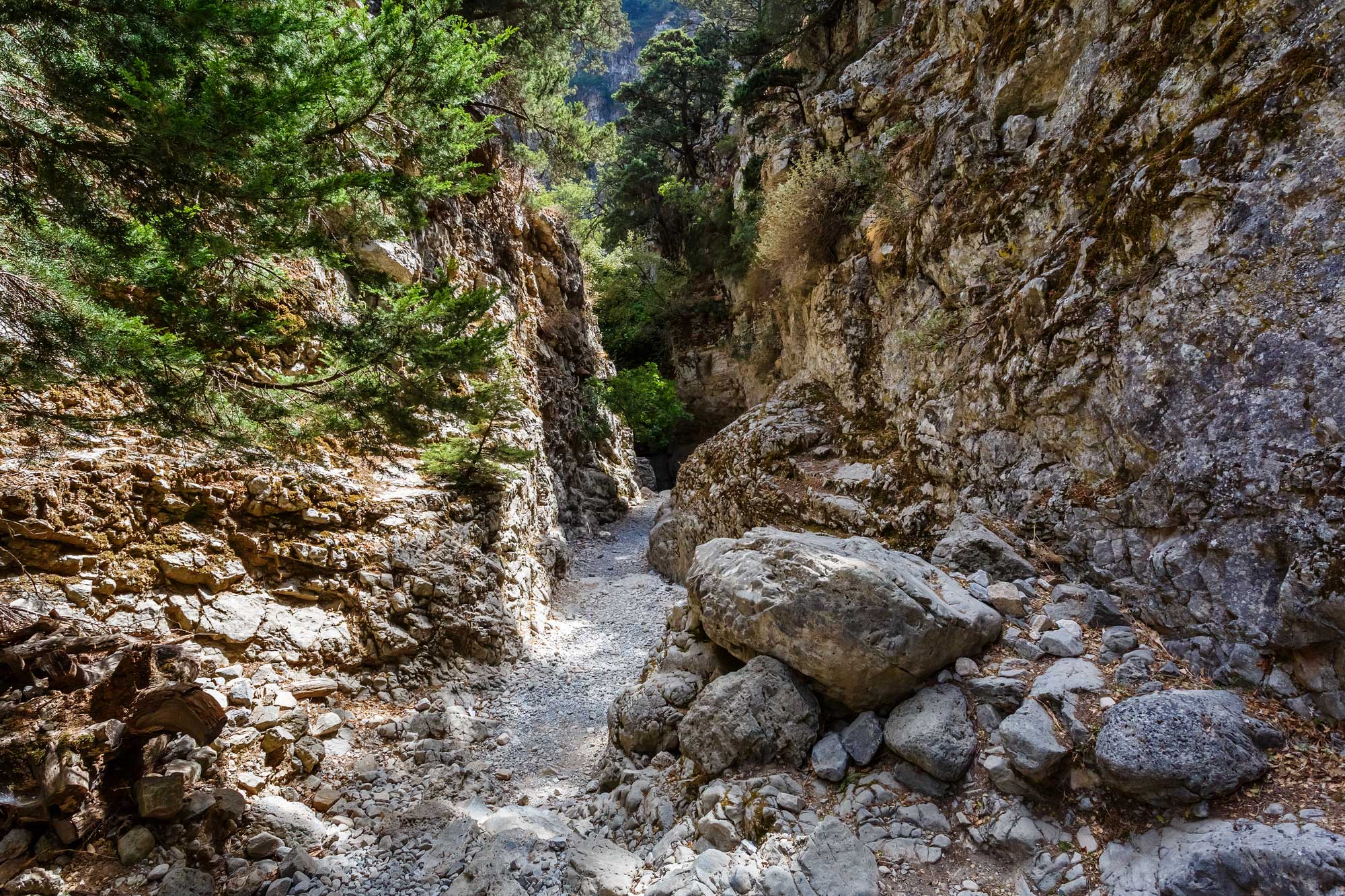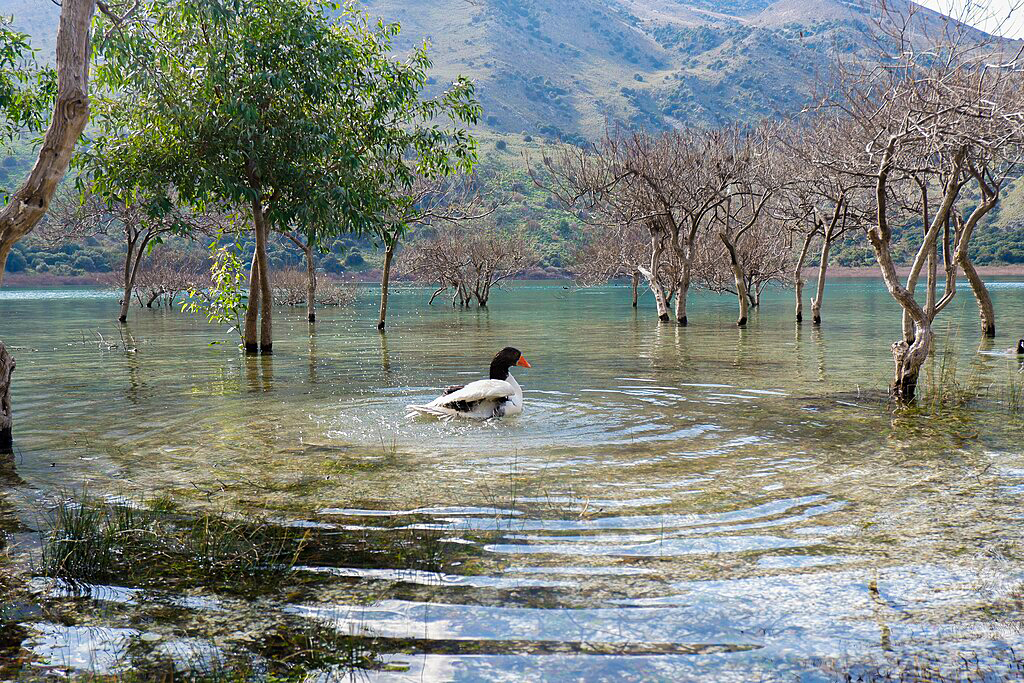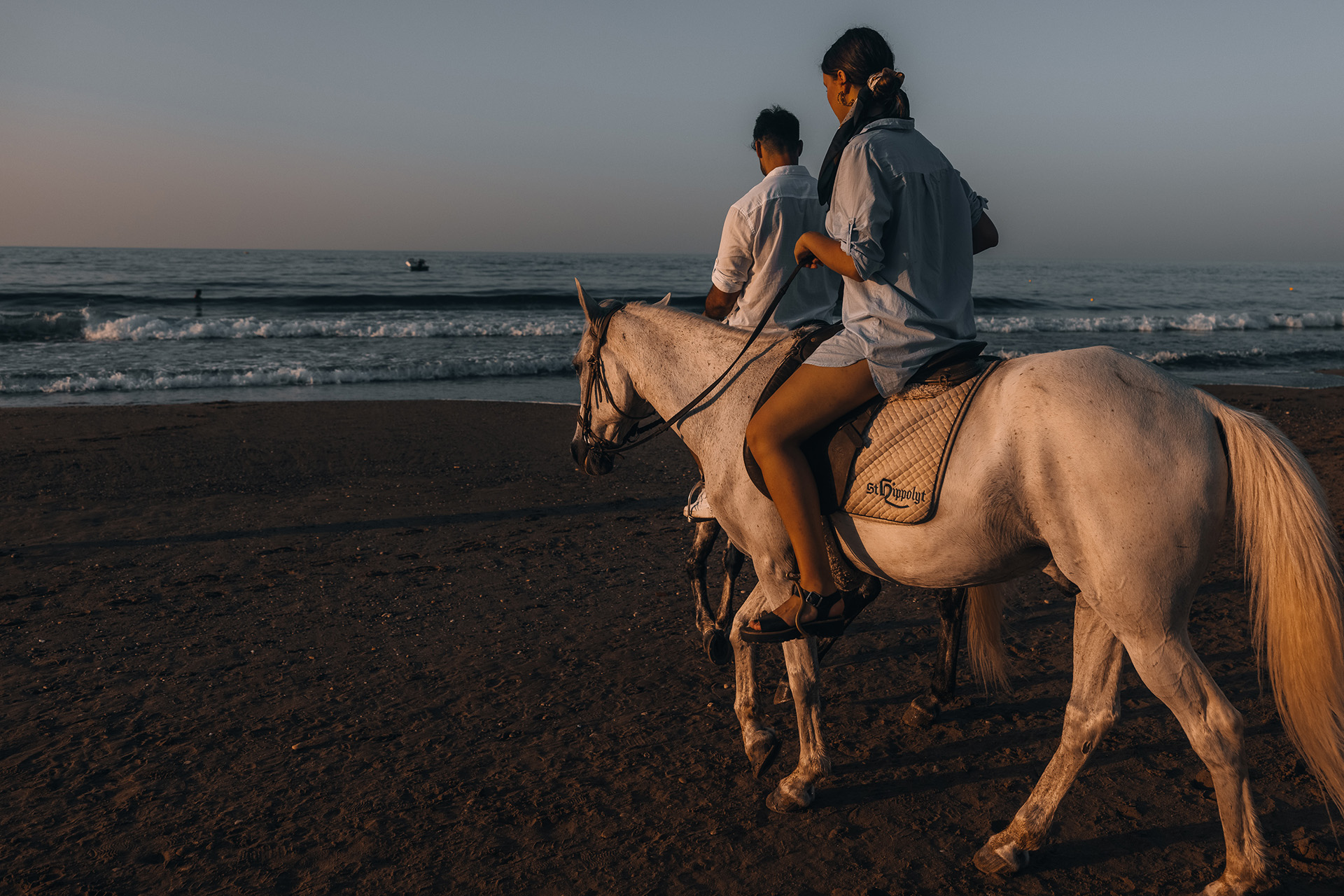Bird Watching in Crete: A Nature Lover's Guide Crete is not only famous for its…

A Walk Through Imbros Gorge
Exploring Imbros Gorge in Crete
One of Crete’s stunning wild places, Imbros Gorge is only outshined by the world-famous Samaria in notoriety. Imbros is the second most popular gorge for walkers in Crete after the gorge of Samaria. Its narrows are dramatic and beautiful, unexpectedly so, considering that the entrance is a broad valley, and along the way you pass even next to a forest.
Located in province Sfakia, the majestic Imbros Gorge is part of the magnificent E4 European hiking trail. Its path winds just below the quaint village of Imbros and descends gently down to the village of Komitades to the south. The trek is a leisurely and reasonably easy one compared to Samaria, and many trekkers favor it.
The eight-kilometer course of the gorge
The eight-kilometer course of the gorge takes between two and three hours depending on the number of times you choose to stop. At the head of the ravine, you’ll find several cafes and tavernas, ample parking, and the small kiosk where you pay a small entrance fee – which was 2.50 € in 2018, but this may change, depending on local regulations.
After you pass the entrance, your hike takes you down the rocky path through the narrow gorge where amazing flowers, cypresses, oak trees, and several caves mark the steep walls. Once you arrive at the passage from Chania into Sfakia, if you look closely, you will find traces of the old pavers in various places. It was here that the early Christians on Crete held out against the Ottoman conquerors.
Another interesting historical point about the gorge is the fact the trek has become something of a pilgrimage by Australians, New Zealanders, and British people who pay homage to their parents and grandparents who were veterans of the Second World War. It was along this path that Allied troops defending Crete against the invading Nazis escaped to Sfakia and then to Egypt in 1941.
At the narrowest part of the gorge
At the narrowest part of the gorge, in a place known as Stenada, the walls of the canyon are only 1.6 meters wide and reach a height of 300 + meters. Here, the sides of the gorge appear to have been carved out by a great hand that modeled fascinating formations. After this narrow section, hikers usually take a breather where the canyon widens at Mesofarango. Here you’ll find a Venetian water cistern and a small rest hut.
A bit farther along, you will pass under a natural arch in stone the locals called Xepitira Gate – another of Imbros Gorge’s most famous landmarks. The gorge ends a few steps further, in Komitades where you can rest and have authentic Cretan cuisine in a village taverna.
The entire hike is spectacular
The entire hike is spectacular. Don’t forget your camera – nature is a generous artist, and you will capture the very essence of Crete when you explore the gorge.
Practical Tips
- Unlike some other famous Crete gorges, Imbros is open all year round.
- Keep your entrance ticket on your person. The guard will ask you to present it when you reach his hut.
- Wear appropriate shoes: the path is rocky and wild.
- There is no source of potable water in the canyon, so bring plenty to last you for the hike, especially if you visit in the summer.



